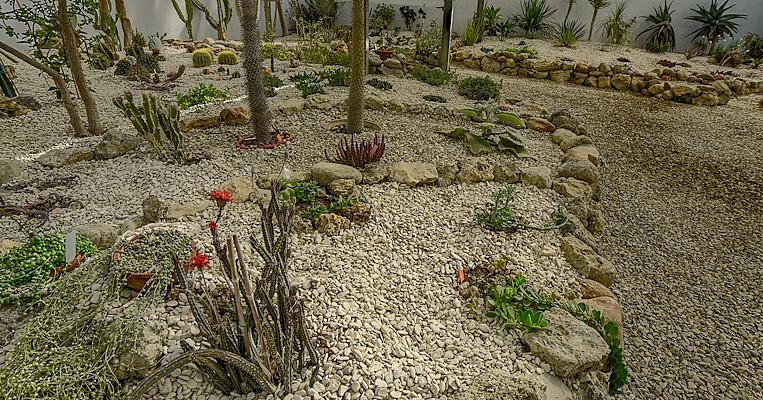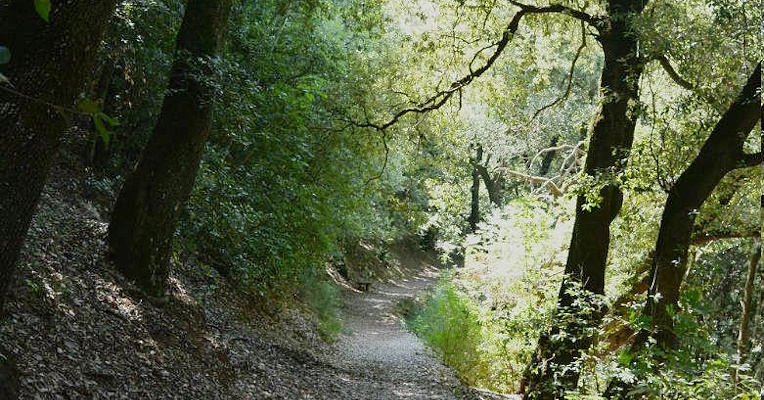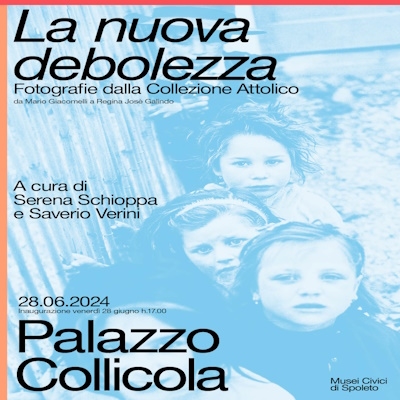8 Tips For Easter And Easter Monday - 8 Tips For Easter And Easter Monday

Ciclovia del Trasimeno
The Trasimeno Cycle Route, a 60 km stage tour through landscapes and villages around the lake, discovering its beauty.

Park of Arboreal Archaeology
An ancient hermitage and an unusual nursery are home to the park in San Lorenzo di Lerchi, a hamlet of Città di Castello. A journey through archaeology and the history of plants to discover varieties of fruit with unexpected shapes and colours.

Trekking from Spoleto to Monteluco
A fascinating itinerary that crosses the Sacred Wood of Monteluco, at the foot of Spoleto. Once an ancient Roman lucus and later a refuge for hermits, this silent holm oak forest captivates with its timeless spirituality!

The San Costanzo Botanical Garden
A garden featuring over 1,000 varieties of plants from around the world, including an extensive rose garden, conifers and angiosperms. It also houses specimens of Muku and Ginkgo biloba born from the seeds of Hibaku jumoku, the “atomic-bombed trees”.

From Sassovivo Abbey to Sasso di Pale
An itinerary of 4 km that, starting from the Sassovivo Abbey, leads to the discovery of the natural beauty of one of the mountains overlooking Foligno. The landscape changes along the way: from the “Sacred Thicket” of the holm oak forest of Sassovivo, you immerse yourself in woods of black hornbeam and field elm, until you reach the cliffs of Pale.

FAI Bosco San Francesco
64 hectares and 800 years of history for the wood at the foot of Assisi where Saint Francis used to seek refuge for prayer. An oasis of peace restored by the FAI-Fondo Ambiente Italiano that, with its centuries-old trees and fascinating monuments, also inspired Michelangelo Pistoletto’s work “Terzo Paradiso” (Third Paradise).

Monte Tezio Natural Park
Mount Tezio, about 15 km from Perugia, was a place of worship, where, in Roman times, the stars, lightning, the flight of birds and the divinatory practices of the haruspic priests were studied. Walking along old mule tracks, you can reach small villages, countryside churches, towers and castles, amidst meadows and breathtaking sunsets over Lake Trasimeno.

Carsulae Archaeological Park
A visit to the Carsulae Park – and its Antiquarium – between Terni and San Gemini, allows you to admire, immersed in nature, the main remains of the ancient and fallen Roman city: the pavement of the Via Flaminia, which crossed the city from south to north, the Forum, the Arch of San Damiano, a symbol of the city, the Basilica, the amphitheater, and the Roman theater, where performances are still staged today.

























